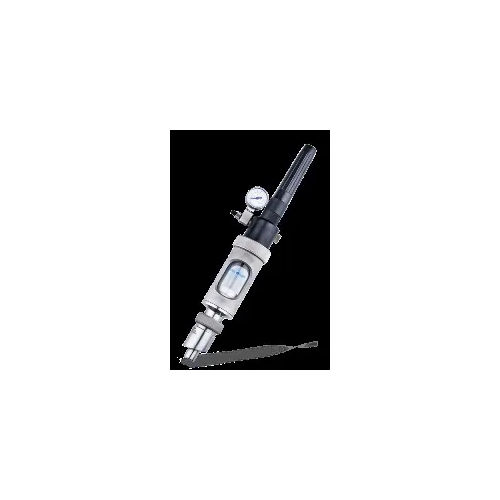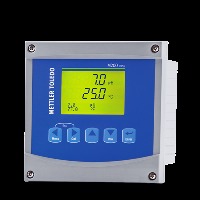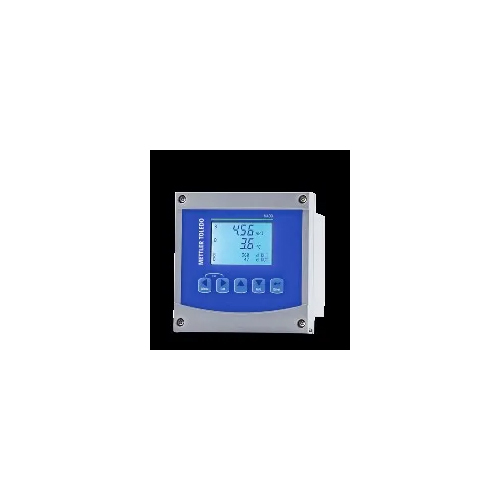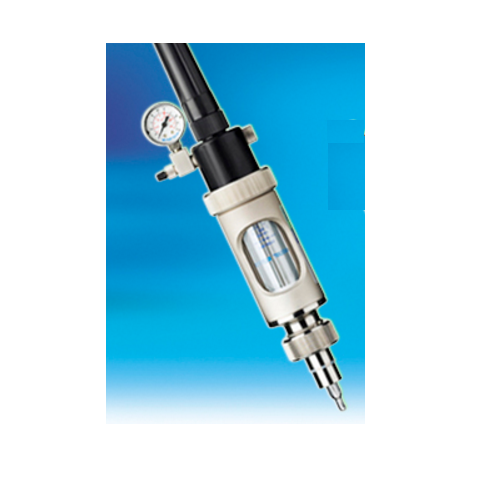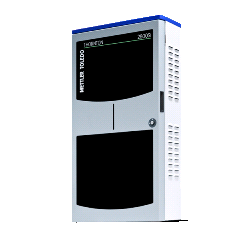Stationary Process Adaptions (Housings)
Product Details:
Product Description
Stationary Process Adaptions (Housings)
- Standard holder for sensor/electrodes with Pg 13.5 thread.
- Models for pressurization of liquid-electrolyte electrodes.
- Wetted parts in s/s, special alloys/metal or polymer materials to suit application conditions.
- Versions for fully sterile/hygienic/sanitary CIP operations.
FAQ
1. What does "housing" for a stationary process mean?
Ans - A form of protective casing called a stationary process adaption (housing) is used to support and secure machinery or equipment that isn't meant to be moved. Along with offering physical protection, the housing is made to shield the equipment from environmental elements like moisture, dust, and dirt.
2. What kinds of machinery can be accommodated in a fixed process adaptation?
Ans - Anything that isn't meant to be moved can be housed in a stationary process adaptation. This applies to equipment, electronics, and other elements that have to stay in the same spot.
3. What components go towards making stationary process adaptations?
Ans - Standard building materials for stationary process adaptations include metal, plastic, and fibreglass. As a result, the housing can shield the equipment from the weather and offer structural support.
4. Are modifications to stationary processes programmable?
Ans - Yes, modifications to stationary processes can be made to fit a particular application or environment. Custom adaptations can be created to satisfy a range of demands, depending on the unique requirements.
5. What safety features are there in an adaptation of a stationary process?
Ans - Adaptations to stationary processes frequently include security components like locks, tamper-evident seals, and grounding clips. This guarantees that when it's not in use, the equipment is safe and secure.

Price:
- 50
- 100
- 200
- 250
- 500
- 1000+
Other Products in 'Process Analytics' category
 |
Mettler-Toledo India Private Limited
All Rights Reserved.(Terms of Use) Developed and Managed by Infocom Network Private Limited. |
 English
English Spanish
Spanish French
French German
German Italian
Italian Chinese (Simplified)
Chinese (Simplified) Japanese
Japanese Korean
Korean Arabic
Arabic Portuguese
Portuguese
